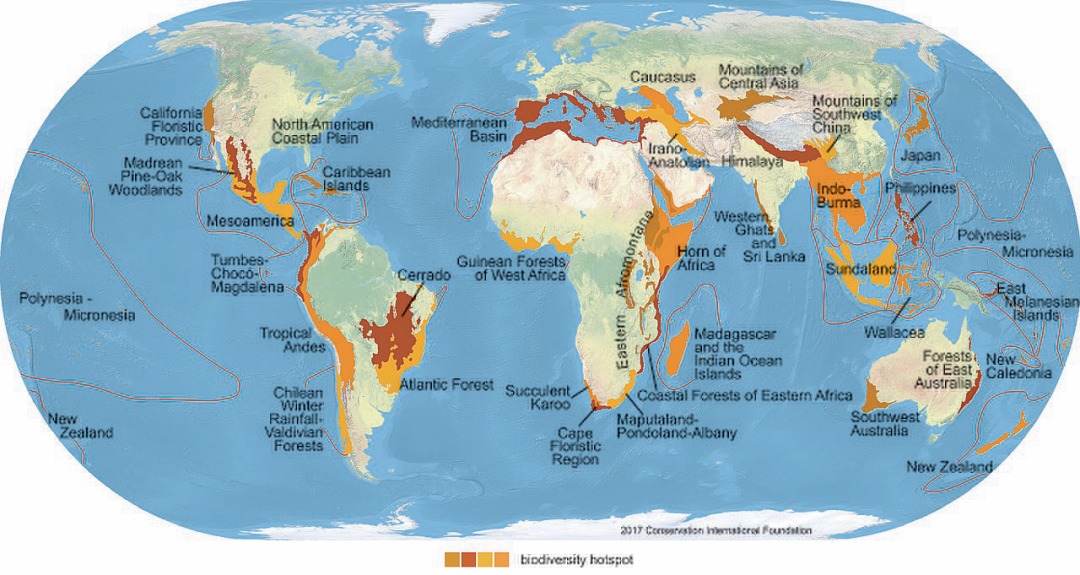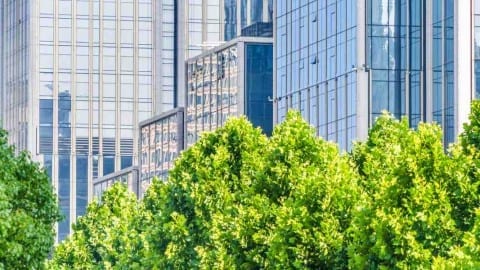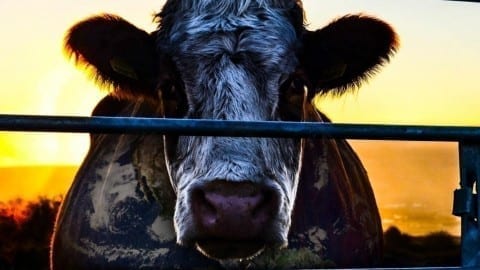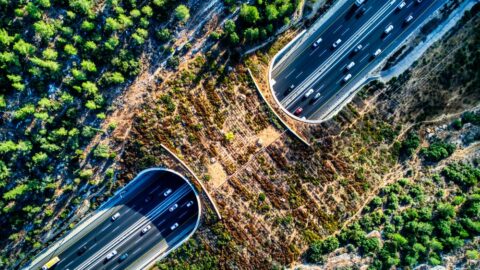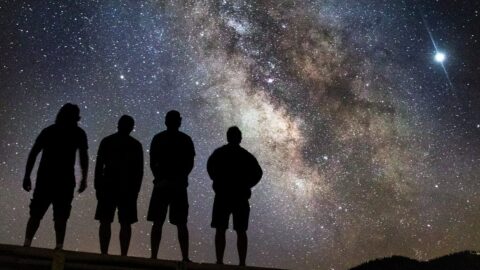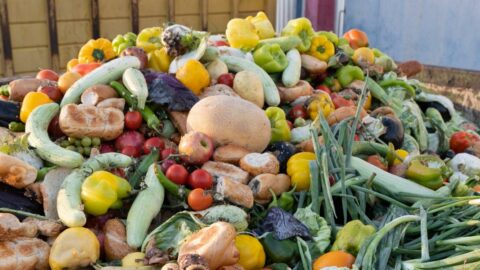Photo Credit: Biodiversity Hotspots Map, Conservation International, CC BY-SA 4.0 via Wikimedia Commons
Biodiversity hotspots are distinct regions renowned for their exceptional richness in unique species, even while being under grave threat from human actions. Defined by both the immense number of their endemic species and the profound habitat loss they’ve experienced, these regions span the globe, from the dense forests of Madagascar to the rugged terrains of California’s coast.
These hotspots, which vary in size from expansive landscapes to smaller, localized areas, are home to a staggering array of landscapes, from dense tropical forests to arid savannahs, and house a plethora of unique wildlife, some seen nowhere else on Earth. Threatened by factors such as deforestation, urbanization, and climate change, the preservation of these hotspots is not just about ecological conservation; it’s crucial for maintaining global biodiversity, ensuring ecosystem stability, and benefiting human communities that rely on these landscapes.
In this article, we delve deep into the world of biodiversity hotspots, exploring their significance, the challenges they face, and the global efforts to safeguard them.
The Birth of the ‘Hotspot’ Concept
The term “biodiversity hotspot” was first coined by British ecologist Norman Myers in the 1980s. Concerned by the rapid rates of habitat loss in certain key regions, Myers identified ten tropical forests that, combined, held a high percentage of Earth’s species. His pioneering work laid the groundwork for conservationists worldwide. Since then, the concept has been refined and expanded. Today, criteria for hotspots are two-fold: regions must host at least 1,500 endemic vascular plant species and must have lost a minimum of 70% of their original habitat.
Notable Biodiversity Hotspots
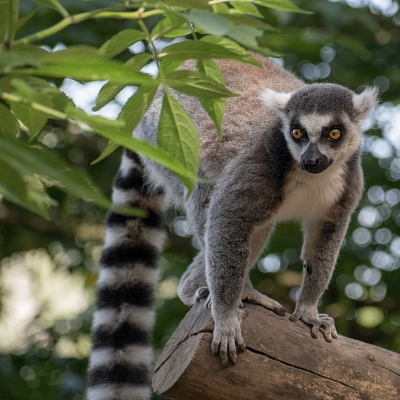
The Atlantic Forest of Brazil is another critical area. Once a mighty green carpet stretching along Brazil’s coastline, today, fragmented patches are all that remain of this once-unbroken forest. But even these fragments teem with life. Take, for instance, the golden lion tamarin, an emblematic creature of this region. This vibrant monkey, with its radiant orange fur, was once on the brink of extinction. But dedicated conservation efforts over the past few decades have seen its numbers slowly rebound, exemplifying the resilience of nature.
The Western Ghats of India rise as an imposing green barrier on India’s west coast. This chain of mountains, dating back to the breakup of the ancient supercontinent of Gondwana, is a treasure trove of unique species. Frogs that reproduce without water, flowering plants that bloom just for a day, and the mysterious nocturnal civets are some of the stars of this region.
In North America, the California Floristic Province stretches from the southwestern corner of Oregon through California and into northern Baja California in Mexico. Here, the vast landscapes vary from moist coastal rainforests to dry chaparral. The California condor, which once teetered on the edge of extinction, now graces the skies of this region, all thanks to rigorous conservation programs.
Lastly, the Cape Floristic Region in South Africa is a testament to nature’s artistic prowess. Dominated by the fynbos vegetation, a unique and fire-dependent ecosystem, it houses plants like the King Protea, South Africa’s national flower. This region, however, grapples with threats from invasive alien plants and urban expansion.
Inherent Value and Significance of Biodiversity Hotspots
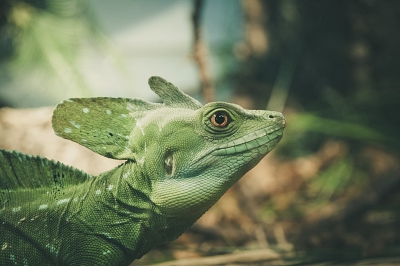
Of course, the tangible benefits derived from these hotspots are undeniably vast. The depth of genetic information stored within these regions is staggering, with each organism holding evolutionary secrets spanning millennia. Consider the rosy periwinkle from the dense forests of Madagascar. This unassuming plant harbors compounds that have revolutionized the treatment of ailments like childhood leukemia and Hodgkin’s disease.
Ecosystem services rendered by these regions are indispensable to our planet’s health and human survival. For instance, the lush forests of the Western Ghats don’t just house an array of species; they are vital players in regulating the monsoon patterns crucial for India’s agriculture. Keystone species within these ecosystems, by their very presence and activity, maintain the ecological balance, ensuring the continuity of services like pollination, nutrient cycling, and natural pest control. Should these ecosystems collapse, the ripple effect would jeopardize countless services we often take for granted, potentially ushering in environmental consequences beyond our current comprehension.
Furthermore, the cultural tapestry woven within these hotspots enriches our global heritage. Indigenous communities, like the Adivasi tribes of the Western Ghats, have deep-rooted connections with these landscapes. Their traditions, practices, and very identities are intertwined with the forests and fauna around them. In conserving these areas, we are not only safeguarding ecological treasures but also preserving cultural legacies that offer insights into harmonious coexistence with nature.
Threats to Biodiversity Hotspots and the Balance of Sustainable Development
The intricate tapestry of biodiversity hotspots is at risk, with human activities casting a shadow over their future. While the importance of these regions to global ecological health is undeniable, the tug-of-war between development and conservation continues to challenge their survival. Let’s delve into the main threats these areas face and explore the concept of sustainable development.
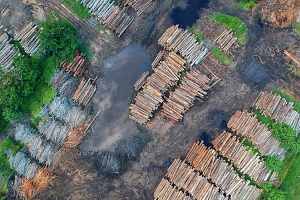

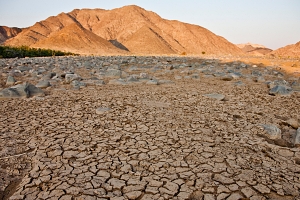
Human Development vs. Biodiversity: There lies an inherent conflict between human advancement and the preservation of biodiversity. As populations grow and economies develop, the demand for land, resources, and infrastructure intensifies. In places like the Western Ghats of India, a hotspot that houses numerous unique species, there is constant tension between the push for mining, infrastructure projects, and the imperative to conserve its rich biodiversity.
Yet, it’s crucial to recognize that human development and biodiversity conservation aren’t mutually exclusive. The concept of Sustainable Development offers a bridge between these seemingly conflicting goals. Sustainable development promotes economic progress that meets the needs of the present without compromising the ability of future generations to meet their needs. This involves harnessing resources and developing infrastructure in ways that have minimal impact on the environment.

Similarly, initiatives promoting shade-grown coffee or cocoa cultivation help in maintaining canopy cover while providing livelihoods. These methods integrate agricultural landscapes with natural habitats, ensuring that farmers can earn a living without degrading the ecosystem.
In conclusion, while the threats to biodiversity hotspots are multifaceted and significant, the path forward isn’t one of despair. Through a commitment to sustainable development, cooperation between governments, communities, and conservationists, and innovative solutions that intertwine economic growth with environmental stewardship, we can ensure that these vital regions continue to thrive.
Champions of Hotspot Conservation
The quest to protect biodiversity hotspots has rallied a diverse group of stakeholders, each bringing a unique set of skills, resources, and perspectives to the table. From international NGOs to local grassroots organizations, the collective effort to safeguard these ecological treasures is truly a global undertaking.

BirdLife International focuses on conserving bird habitats worldwide. Given that many bird species are endemic to hotspots, their efforts play a crucial role in the protection of these regions. BirdLife’s work ranges from direct habitat protection to policy initiatives that ensure the longevity of bird populations.
National governments also play a pivotal role. For instance, the South African Government has been proactive in protecting the Cape Floristic Region, one of the world’s biodiversity hotspots. They have established numerous reserves, passed protective legislation, and funded research to understand and mitigate threats.
Local NGOs and community-based organizations are often the unsung heroes of hotspot conservation. Their intimate knowledge of local ecosystems and community dynamics means they can implement conservation strategies that are both effective and culturally sensitive. In Madagascar, organizations like Madagascar Wildlife Conservation focus on community-based approaches to conserve both the island’s unique biodiversity and the livelihoods of local people.
Private individuals also play a part, often by providing funding or using their influence to champion conservation causes. Renowned primatologist Dr. Jane Goodall, through the Jane Goodall Institute, has been instrumental in promoting conservation awareness, particularly in Africa’s biodiversity hotspots.
Furthermore, businesses are increasingly recognizing the value of biodiversity, not just from an ethical standpoint but also from a business perspective. Companies are now partnering with conservation organizations to fund projects or adopt sustainable practices that minimize harm to hotspots. For instance, the Rainforest Alliance works with businesses to promote sustainable land-use practices.
Ultimately, the conservation of biodiversity hotspots is a multifaceted challenge that requires a collaborative approach. By pooling the resources, knowledge, and influence of various stakeholders, we stand a better chance of preserving these irreplaceable regions for future generations.
The Path Forward for Biodiversity Hotspots
Conservation of biodiversity hotspots isn’t just an environmental imperative; it’s a socio-economic one. When forests fall, it’s not just the animals that suffer. Local communities lose out on vital ecosystem services, and future generations are robbed of their natural heritage.
Concerted global efforts are the need of the hour. By establishing protected zones, fostering sustainable development that harmonizes with nature, and involving local communities, we can stem the tide of biodiversity loss. These hotspots, if preserved, will stand as enduring reminders of our planet’s incredible richness and our collective responsibility towards its safeguarding.
- 30 Environmental Activities to Feed Your Mind, Body & Soul - December 19, 2023
- Exploring the Wonders of Dark Sky Parks: A Stargazer’s Paradise - December 19, 2023
- Biodiversity Loss – A Crisis in the Making - December 12, 2023
